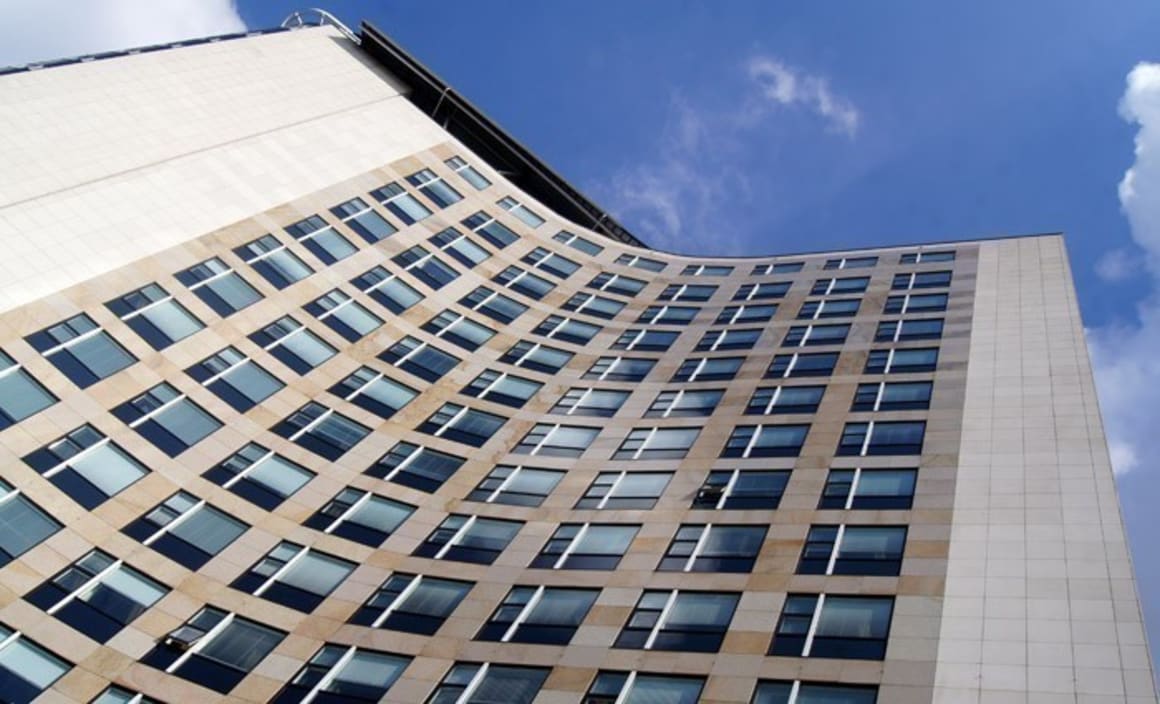Australian commercial property market stabilising after strong growth: MSCI

Commercial property sector returns and capital growth eased in the year to June from the previous year, recent figures from the Property Council/IPD Australian All Property Index, released by MSCI, show.
Leading index provider and analytics firm MSCI Inc. recorded an annual 11.9% total return for Australian property to June 2017, a step down from 13.4% in June 2016.
While the number indicates that the commercial property market is still strong, it has stabilised in recent quarters, according to a media release.
The index covers 1396 assets across all the sectors of office towers, shopping centres, industrial property, healthcare and hotels.
That the market had cooled off slightly, was evident from the drop in both income return (down from 5.6% to 5.0%) and capital growth (6.6% to 5.6%) between June 2016 to June 2017.
However, office markets outperformed, driven by strong capital growth in Sydney (10.9%) and Melbourne (5.8%). Perth continued to soften, with negative annual capital growth of -2.7%, but Brisbane showed positive growth of 1.9% in the office sector.
MSCI also noted that “strong market movements in Sydney office rents have not translated into higher income returns for investors as capital growth has continued to outpace income growth”.
Valuations are however clearly reflecting changing rental assumptions, it added.
Summing it up, Mitchell McCallum, vice-president for MSCI, said the results show that “markets have stabilised in recent quarters, although we continue to see strong growth, especially in the non-core sectors, with Healthcare showing a record annual total return of 25.1%”.
“The limited scale that the non-core sectors currently offer in Australia has contributed to the interest we are now seeing in the build-to-rent sector as a viable option,” said McCallum.
MSCI’s global property database illustrates that this is not a new idea, as it is a substantial sector in other global markets, making up 50% of MSCI’s national database in the Netherlands, 23% in the US and 6% in the UK, to highlight a few. The lower yields have generally been offset by a strong capital growth profile. Over 14 years the residential sector has recorded a 7% total return on average across global markets, added McCallum.
Other highlights from the index:
- Super and major Regional Shopping Centres were the only retail sub-sector with a higher return than for June 2016, with some of the largest shopping centres changing hands over the past year.
- The Hotels and Healthcare segments were still performing very strongly, showing total returns of 22.8% and 25.1% respectively.
- As tightening cap rates and lack of stock have fueled demand for other none core property options, build-to-rent has seen a major surge in Australia.